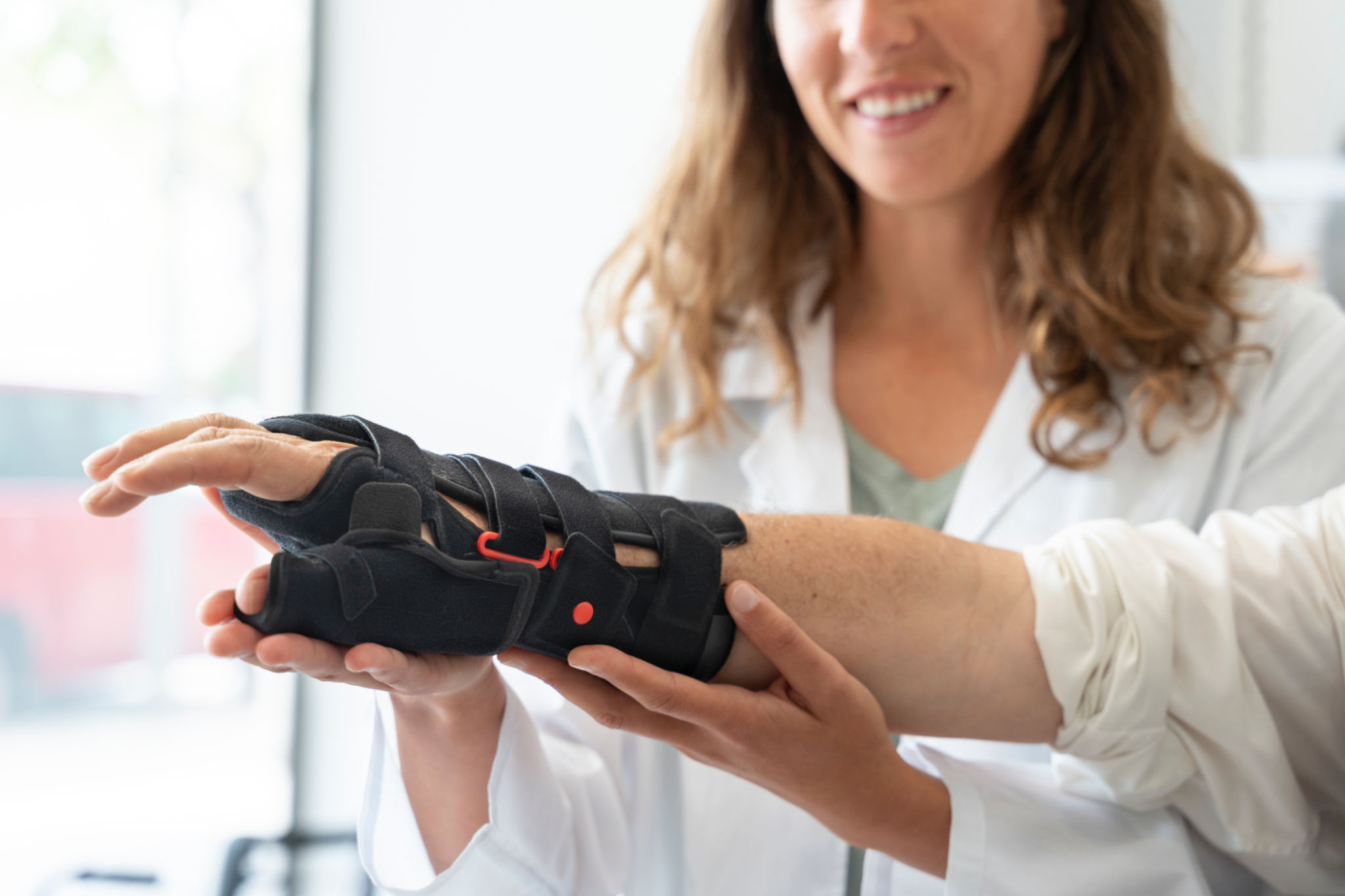How to Analyze Orthopaedic Product Reviews for Better Patient Outcomes
Understanding the Importance of Orthopaedic Product Reviews
Orthopaedic product reviews play a crucial role in helping both healthcare providers and patients make informed decisions. These reviews provide valuable insights into the effectiveness, durability, and user experience of various products. By analyzing these reviews, clinicians can better understand patient outcomes and tailor their recommendations accordingly. This process involves examining both qualitative and quantitative data to identify trends and key factors that influence patient satisfaction and success.

Identifying Key Metrics in Reviews
When analyzing orthopaedic product reviews, it's essential to identify key metrics that can indicate a product's performance. These metrics often include:
- Durability: How long does the product last under normal use?
- Comfort: Does the product provide adequate comfort for the user?
- Effectiveness: How well does the product address the intended medical issue?
- User-friendliness: Is the product easy to use or install?
By focusing on these areas, healthcare providers can assess how well a product meets patient needs and expectations.
Utilizing Sentiment Analysis Tools
Sentiment analysis tools can be instrumental in evaluating orthopaedic product reviews. These tools use natural language processing (NLP) to assess the overall sentiment of customer feedback, categorizing it as positive, negative, or neutral. This technology allows clinicians to quickly identify common themes and issues mentioned by multiple users. By applying sentiment analysis, providers can determine whether a product generally receives favorable feedback or if there are specific areas of concern that need addressing.

Comparing Products Across Brands
Another critical aspect of review analysis is comparing similar products across different brands. This comparison can reveal which products consistently receive higher ratings and why. Factors such as price, ease of use, and customer support often play a significant role in differentiating products. By analyzing these comparisons, healthcare professionals can recommend products that not only meet clinical needs but also align with patient preferences and budgetary constraints.
Integrating Patient Feedback into Product Selection
Patient feedback is an invaluable resource for improving orthopaedic care. Integrating this feedback into product selection processes ensures that patient perspectives are considered alongside clinical data. Encouraging patients to provide detailed reviews about their experiences can inform future decisions and drive continuous improvement in product offerings.

Monitoring Changes in Product Performance Over Time
Orthopaedic products may evolve over time due to technological advancements or manufacturer updates. Continuously monitoring changes in product performance through reviews can help identify whether these updates result in improved patient outcomes. This ongoing analysis ensures that healthcare providers stay informed about the latest developments and can make timely adjustments to their recommendations.
Engaging with Manufacturers for Better Insights
Engaging with manufacturers is another effective way to gain deeper insights into orthopaedic products. Manufacturers often have detailed data about their products' performance and may offer resources for understanding complex technical aspects. By collaborating with manufacturers, healthcare providers can enhance their knowledge and provide more informed advice to their patients.
Creating a Feedback Loop for Continuous Improvement
Finally, creating a feedback loop that encourages ongoing dialogue between patients, healthcare providers, and manufacturers can foster continuous improvement in orthopaedic care. This loop ensures that all parties are aware of emerging issues and successes, allowing for swift action when necessary. By maintaining open lines of communication, the industry can work collaboratively towards better patient outcomes.
